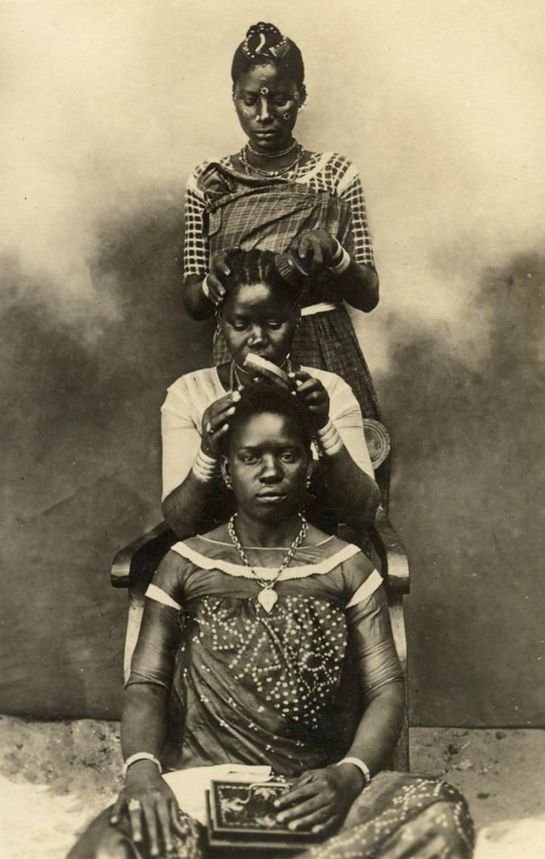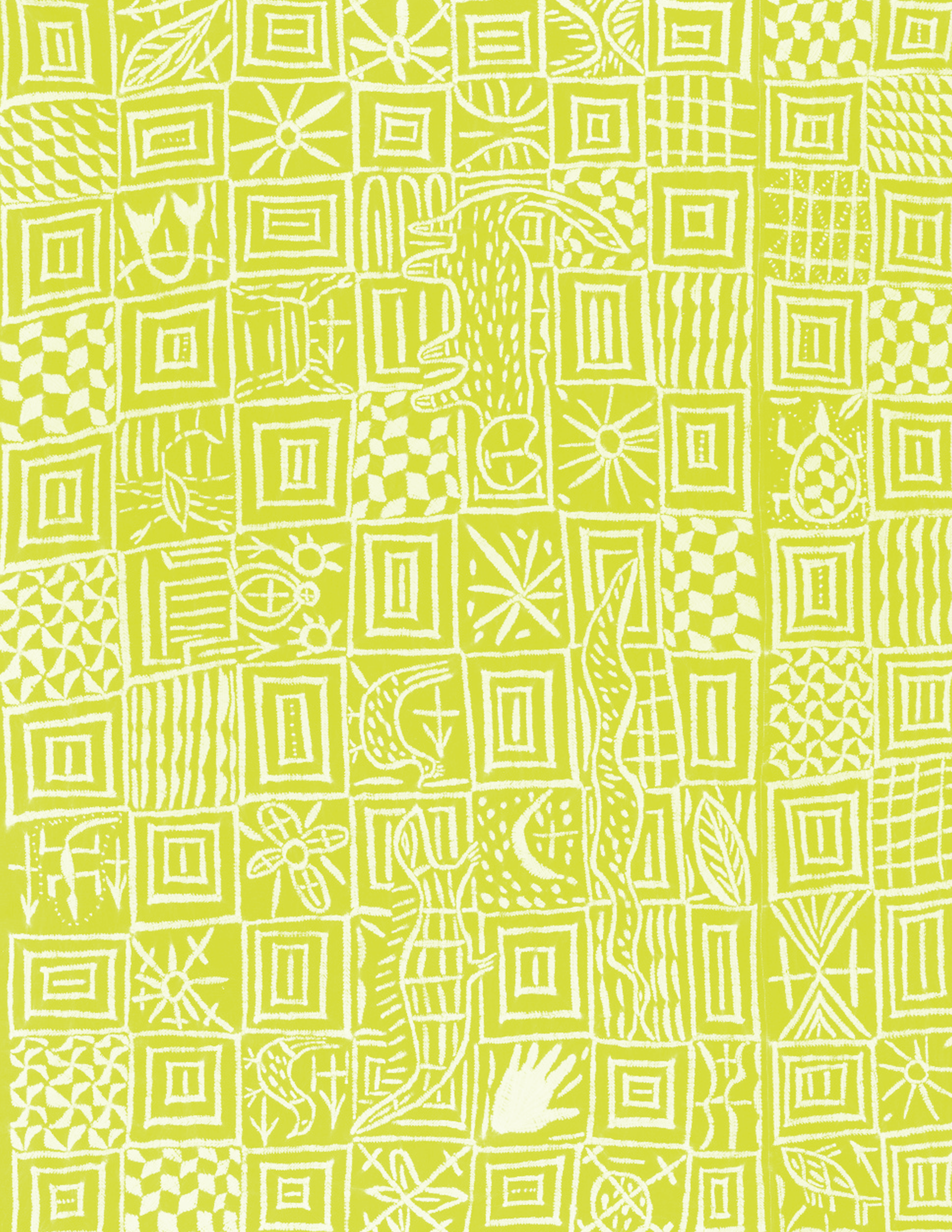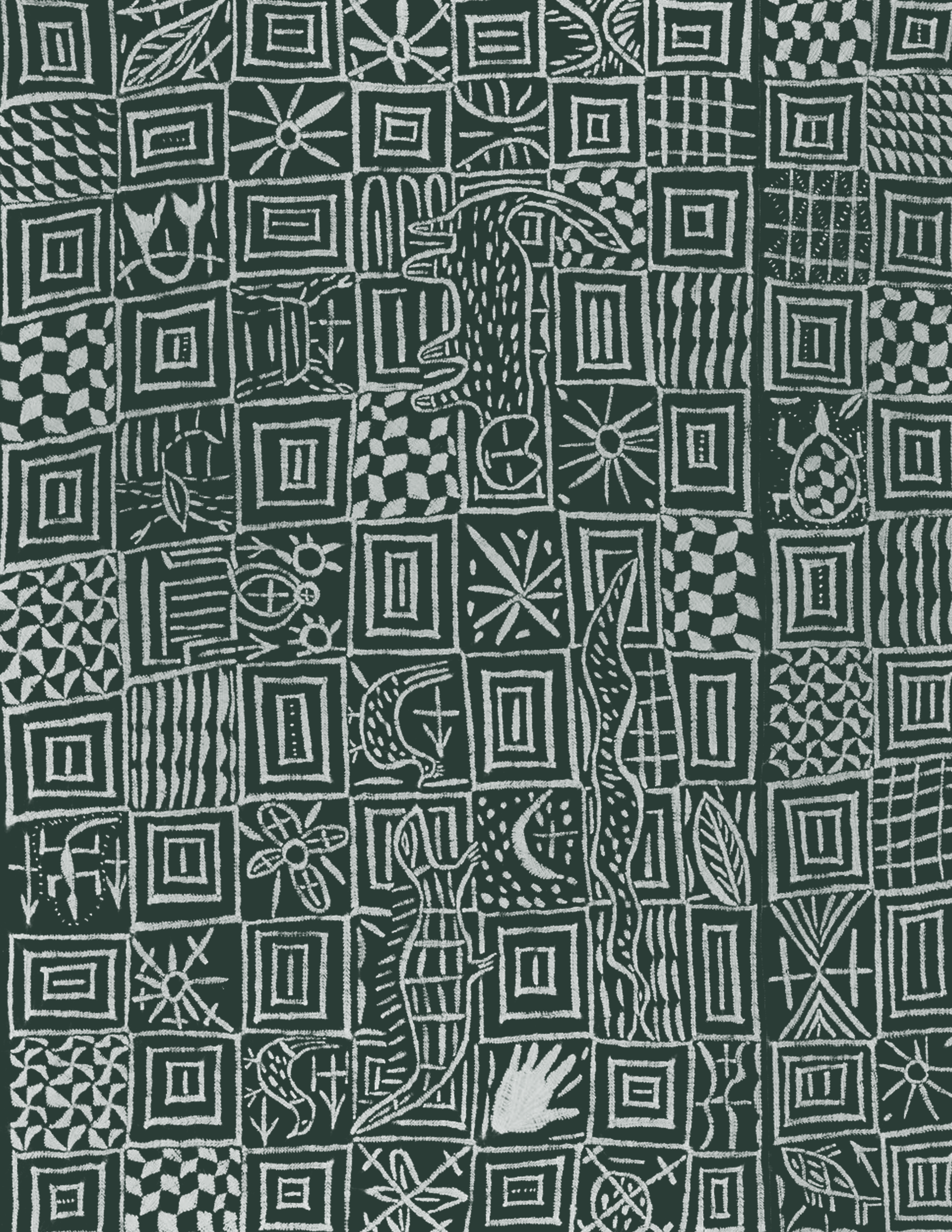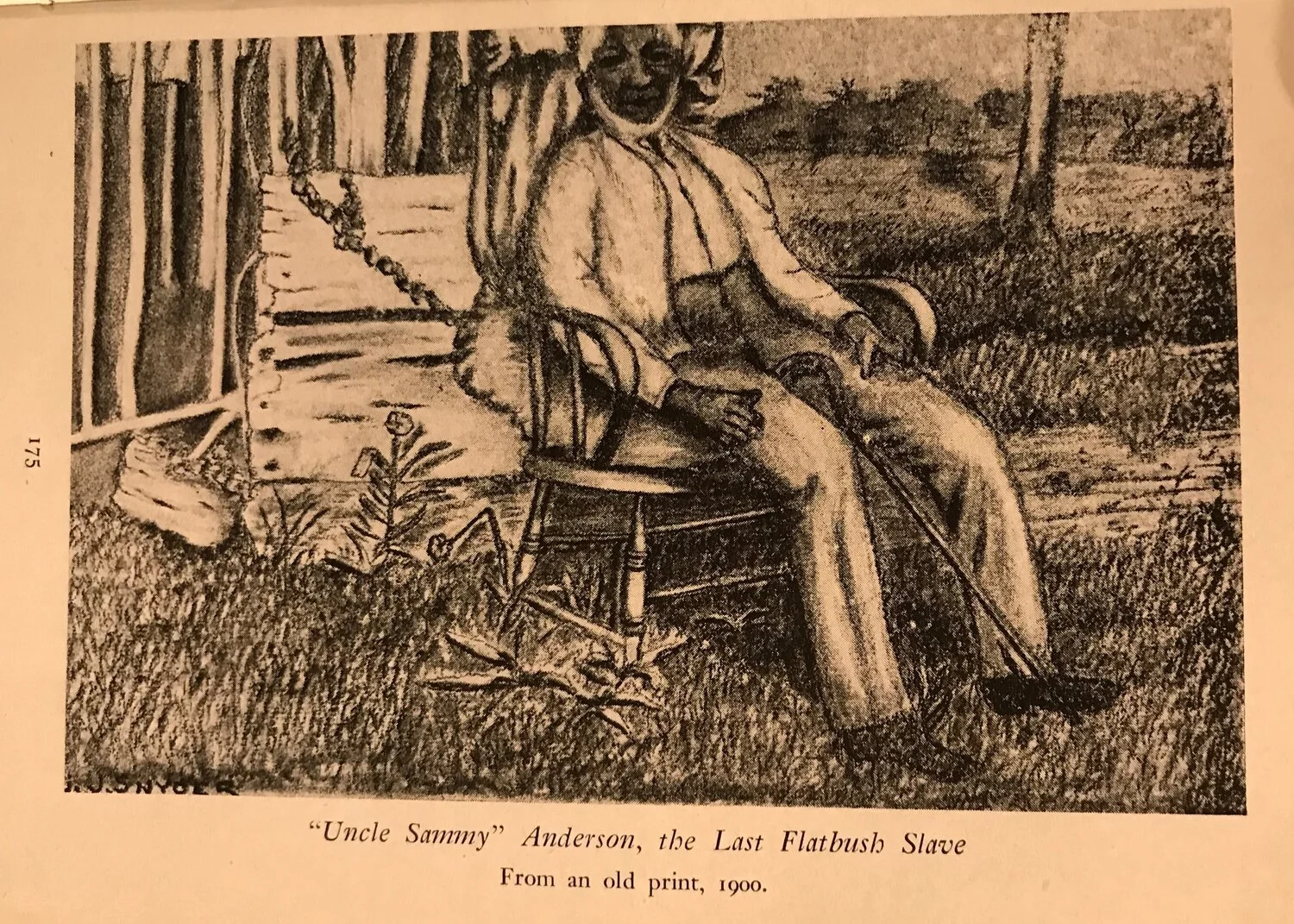
PRESERVING BROOKLYN HISTORY
Lenapehoking
Brooklyn occupies the ancestral homelands of the Lenape people who were forcibly removed from their land by theft, coercion, and war.
Prior to European occupation, the Lenape stewarded this land using an intricate system of kinship, regenerative agriculture, and land use structures with neighboring people.
We acknowledge the Lenape nation and their tribal governments, as well as their ability to reclaim and recount their own histories and assert their right to return to their homelands.

-
1510: Spanish colonizers settle in Bolivia and attempt to enslave Indigenous populations. After these attempts fail due to disease and revolt, the Spanish monarchs buy 250 Africans in Lisbon, Portugal and send them to the Americas in one of the first large shipments of enslaved people to the hemisphere.
Other European powers follow suit, eventually continuing their global expansion to North America.
-
1613: Jan Rodrigues arrives and stays on Lenapehoking. See a brief profile under “People”
1626: First 16 enslaved Africans were captured from Spanish vessers and sold to the Dutch West India Company’s outpost on Lenapehoking.
1655: 391 enslaved Africans brought to New York from Loango (West Central Africa).
-
By the end of the 1700s, Brooklyn was 1/3 Black and 7/10 Dutch settlers held at least one enslaved person.
Brooklyn had the second highest concentration of Black people second only to Charleston, South Carolina.
1799: Gradual abolition is passed due to a variety of factors including the fear of uprising, the decline of agriculture as the United States expands, and more lucrative banking and manufacturing industries.
-
1827: Slavery is abolished legally, however slave grown goods still fuel the New York economy.
Manufacturing, shipping, and storage of tobacco, sugar, and cotton lead former enslavers to sell agricultural land.
Land speculation replaces legal slavery and an illegal trade in enslaved humans grows until the national abolition of slavery in 1865.
Images: Two women from Madagascar (one of the largest ethnicities represented among enslaved people from 1600 to 1800) and a man on the Vanderveer farm in Flatbush.
African Presence
People















